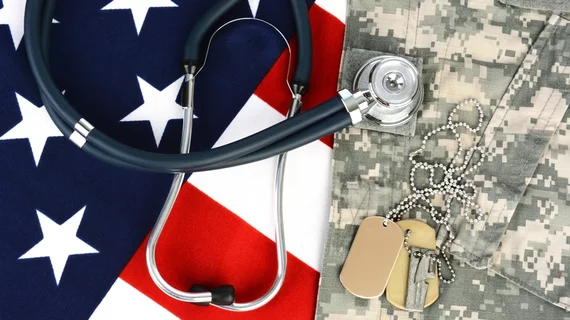Wait times shorter for VA patients than those in private sector
Access to care at the U.S. Department of Veterans Affairs (VA) has improved since 2014, compared to the stagnant wait times in the private sector, according to new research published in JAMA Network Open.
The researchers, led by David Shulkin, MD, a former U.S. Secretary of Veterans Affairs under Presidents Obama and Trump, sought to establish wait times for new patients who received care at VA medical centers and compare them to wait times in the private sector.
Specifically, they assessed wait times for primary care, dermatology, cardiology and orthopedics at VA medical centers in 15 major regions over a three-year period. Comparison data from the private sector was obtained using a published survey that used a secret shopper survey approach.
In 2014, overall average wait times for the private sector were 18.7 days, compared to the VA’s 22.3 days—a statistically insignificant difference. In 2017 overall wait times for new appointments were 17.7 days in the VA and 29.8 days in the private sector.
Wait times in the VA were shorter in dermatology, cardiology and primary care, compared to the private sector. Wait times for orthopedics remained longer in the VA than the private sector, though they improved in the VA through the three-year period. Wait times across the private sector did not change.
In secondary analyses, Shulkin and colleagues found an increase in the number of unique patients seen and appointment encounters in the VA over the three-year period. Also, satisfaction scores increased by 1.4 percent for specialty care, 3 percent for primary care and 4 percent for urgent primary care.
Additional studies of access to mental health services and of access in rural areas in the VA and private sector “would be useful to pursue in further research,” the researchers noted.
“Although the results reflect positively on the VA, we intend to continue improving wait times, the accuracy of the data captured, and the transparency of reporting information to veterans and the public,” Shulkin et al. wrote.

